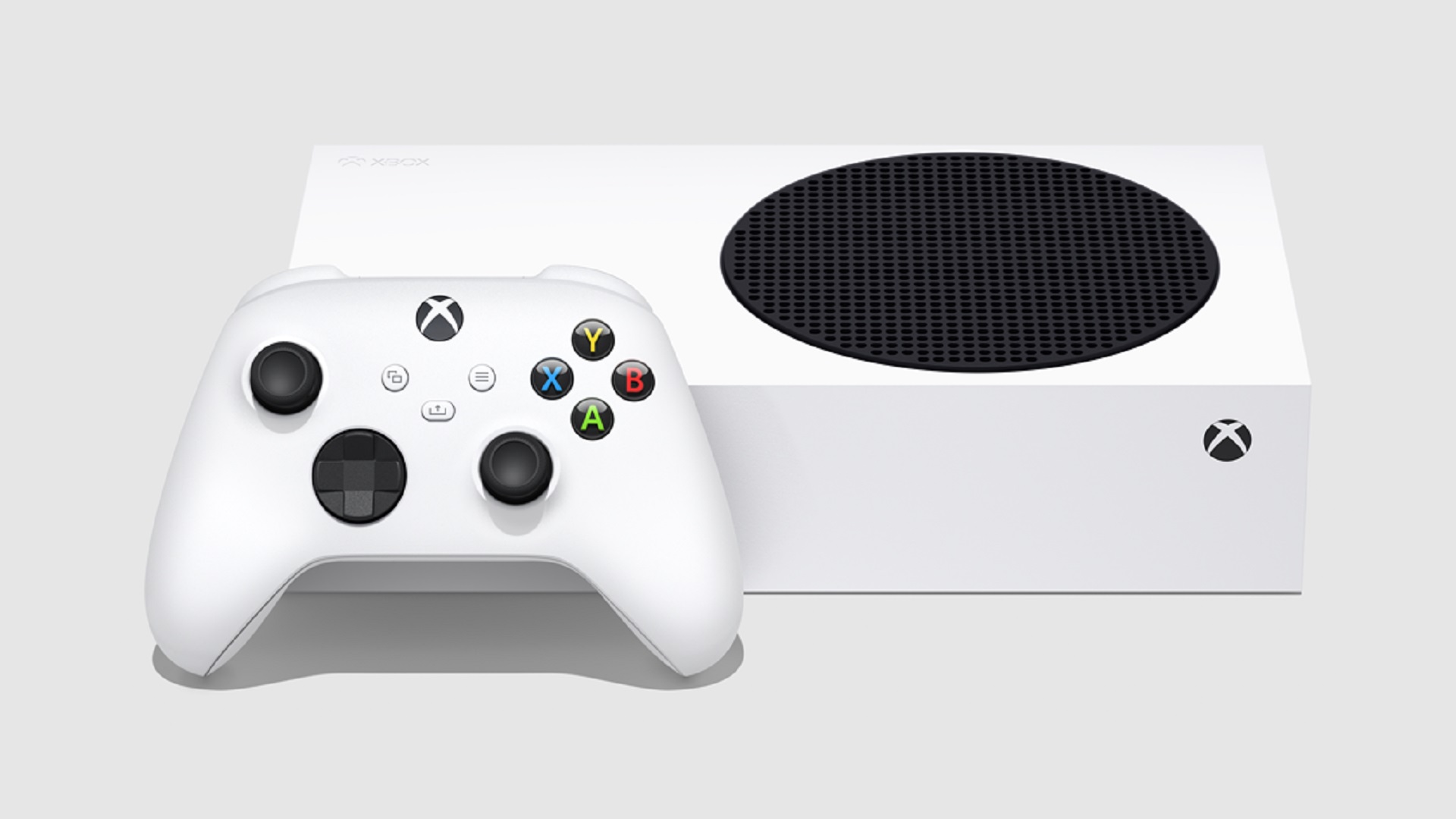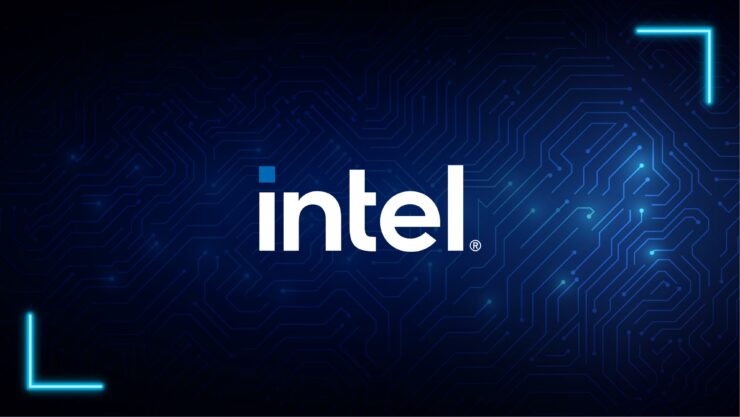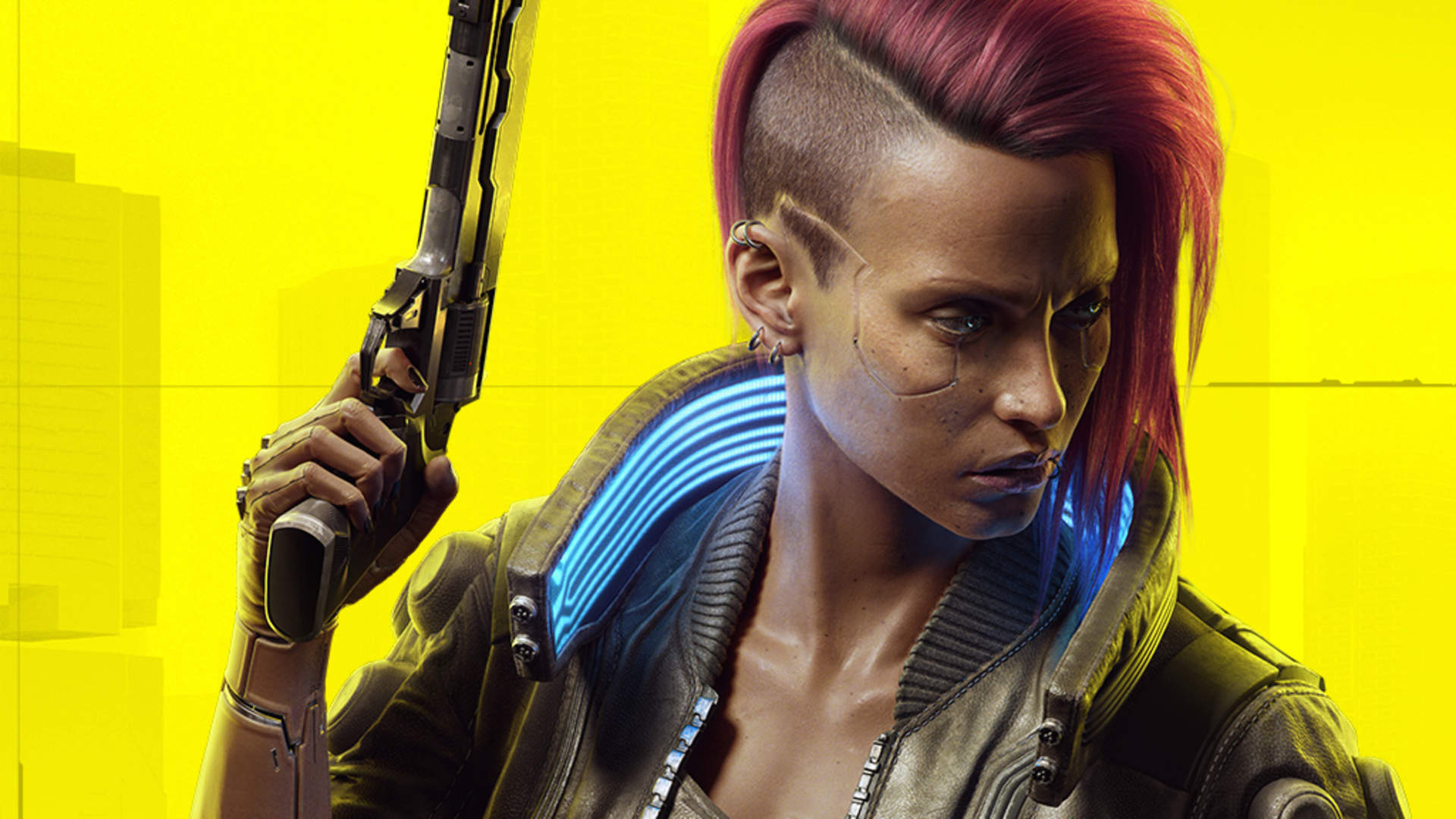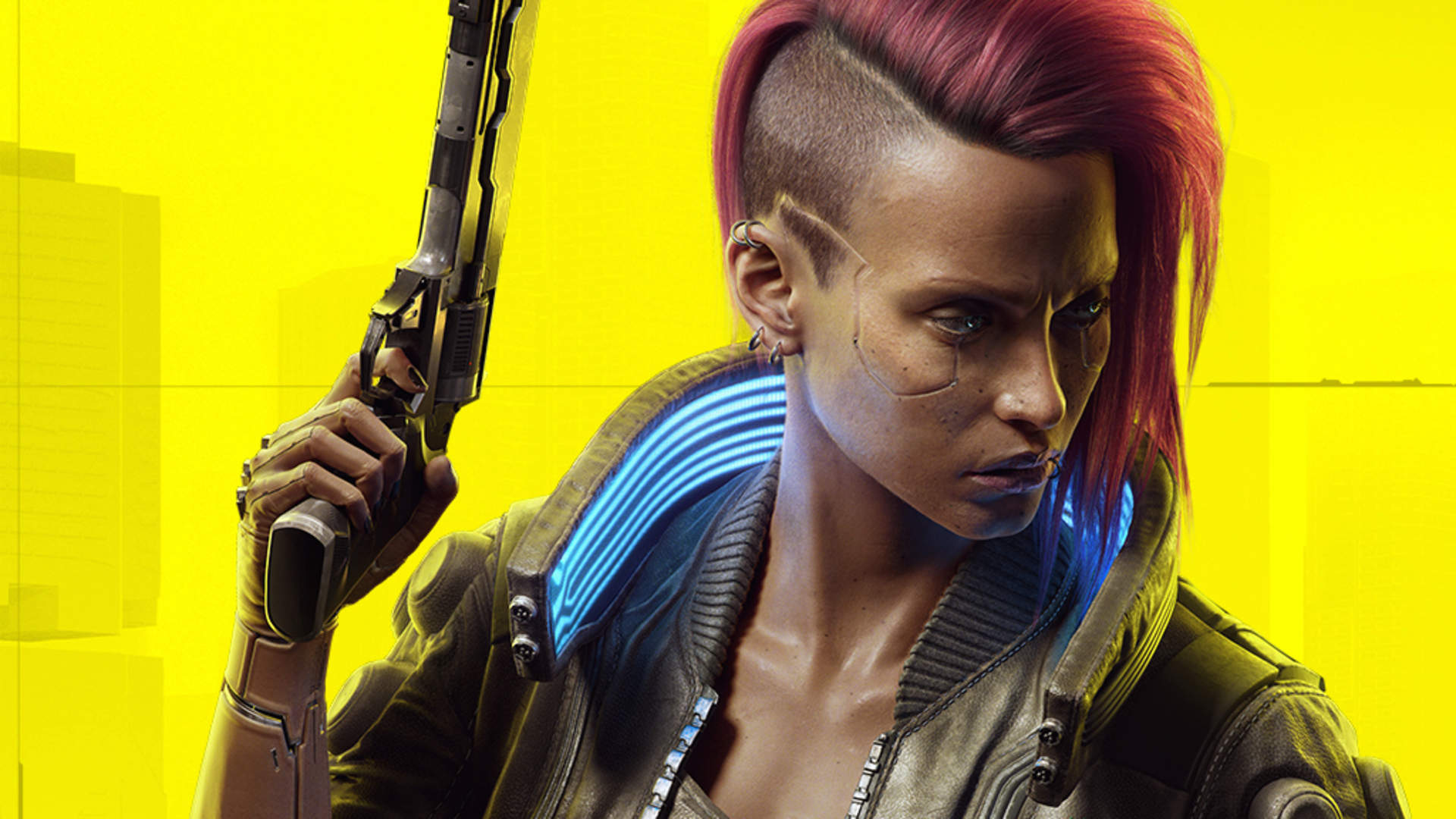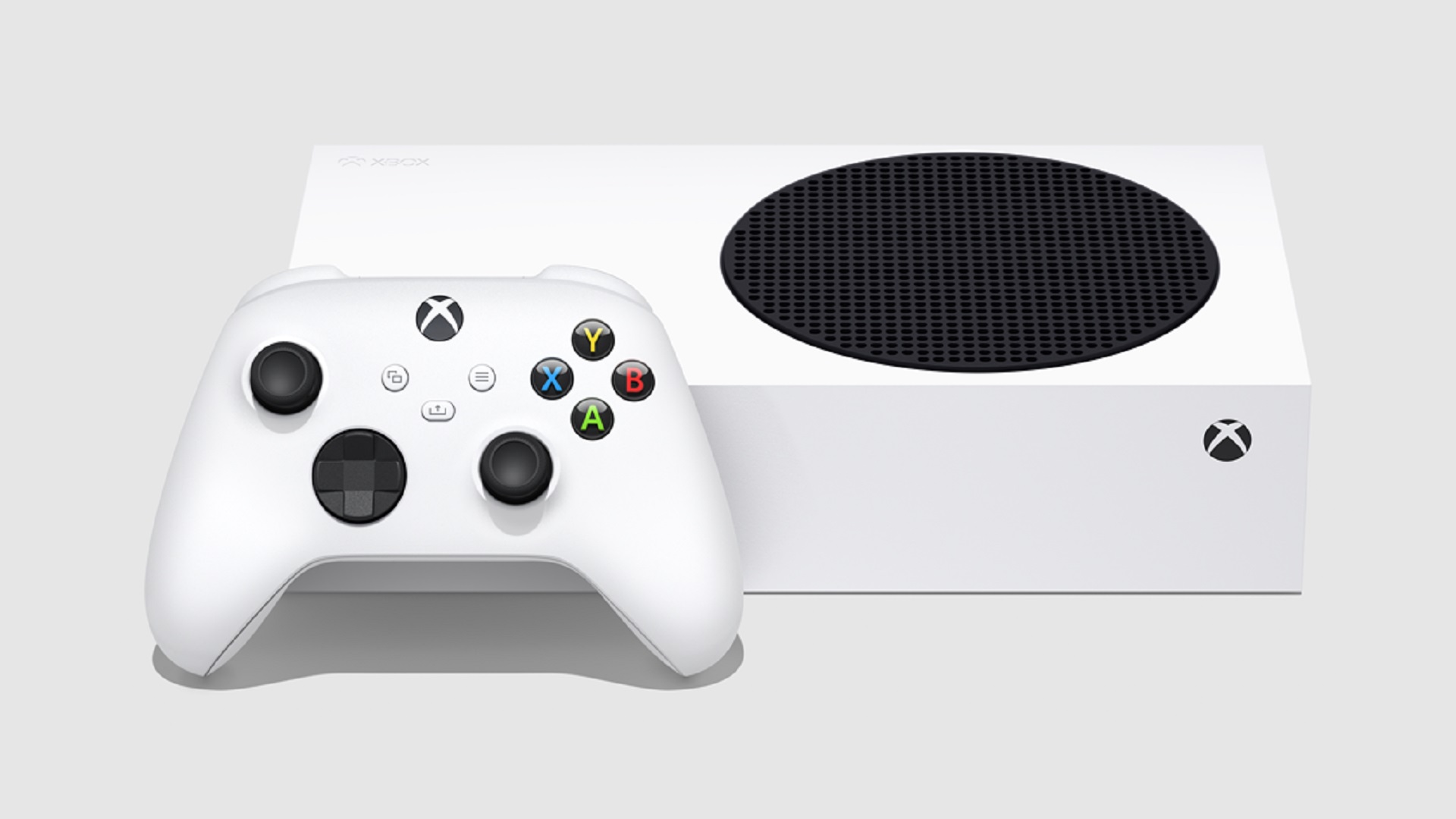
A new next-gen console launching for $299 is an incredible deal no matter how you cut it, and when you add the immense value of Xbox Game Pass to that, it becomes even more compelling. That, incidentally, is exactly what the Xbox Series S is offering. But though it’s an excellent move by Microsoft from a consumer’s perspective, quite a few developers in the industry are concerned about the console’s significantly lower specs (though several others seem to have positive impressions).
As per the officially revealed specs for the Xbox Series S, the console’s GPU and RAM in particular significantly lower than the Xbox Series X, and developers have singled out the latter in particular, with many saying that these deficiencies will result in the Series S holding back next-gen game design and visuals for multiplatform developers (and even Microsoft’s first party studios).
However, Gavin Stevens, co-owner and design lead at indie studio Team Blur Games, doesn’t think it’s going to be much of an issue. In a long, detailed breakdown of the console’s specs, Stevens explained that there are various factors to take into consideration here, that collectively mean that while developers are going to have to spend additional time and resources on scaling their games back for the Xbox Series S, the console isn’t going to hold back next-gen games.
Speaking of the RAM, Stevens says that while the Series S’ pool is significantly lower and even has slower speeds, given the fact that the console won’t be running games at 4K, it won’t need as much RAM as the Xbox Series X. Stevens states that games running at 1440p (which is what the Series S is built for) usually require about 4-8 GB VRAM, which the Series S is capable of handling, while other technologies the console is making use of, such as Sampler Feedback Streaming, will also help out.
As for the GPU, Stevens directly addresses the claims that the Xbox Series S’ GPU is supposedly slower than the Xbox One X’s. While purely on paper, 4 teraflops (Series S) versus 6 teraflops (One X) makes it seem that way, Stevens points out that while the One X’s GPU is built on the GCN 4 architecture, the Series S uses RDNA 2, which is significantly faster than GCN.
“A 4tf GCN GPU would not perform anywhere close to a 4tf RDNA2 GPU,” Stevens writes. “You can’t just throw the numbers together like that. When you add in all the other areas of improvement that the XSX has, such as sampler feedback streaming, IO improvements, faster memory, ray tracing capability etc, the XSS eats the past gen X1X alive, and it really is no contest.” He doesn, however, go on to say that he expects games on the Xbox Series S to mostly hit 1080p instead of the promised 1440p figure to deal with the GPU in the console.
Interestingly enough, Stevens also talks about ray tracing. Though the Xbox Series S is capable of ray tracing, Stevens says that he expects that eventually, most games on the console will turn ray tracing on the Xbox Series S down or even off due to the console’s specs.
It’s a very detailed and interesting breakdown, and presents a lot of points that many may not have considered, so it’s definitely worth a read. There’s over forty tweets in there, so obviously we’re not going to include each and every one of them in this report, but you can read the entire thread through the tweet embedded below.
So as a final answer to the question, is the Series S going to hold back game design or graphics for ANY next gen system? No, not in the slightest. @jronald from xbox already said it best: “games are made for XSX, then scaled down resolution to XSS”. 40/41
— ????? ??????? (@Gavavva) September 10, 2020
